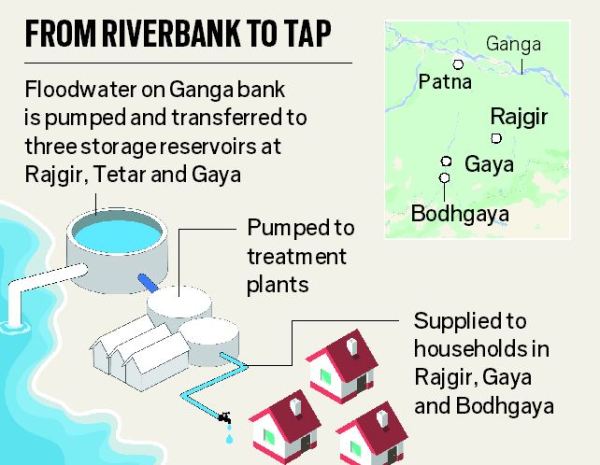Zee Jaipur Literature Festival: Long journey from Guiana to great-grandma’s Bihar
2 min read In her book Coolie Woman, Guyanese-American journalist Gaiutra Bahadur traces the history of her great-grandmother Sujaria and a quarter of a million women like her who left India in the mid-1800s as indentured labour. From the treacherous sea voyage to British Guiana to the challenges faced by these “coolie” women, Bahadur paints a vivid picture. In a free-wheeling chat, Bahadur tells Amrita Madhukalya how the book is part personal history and part documentation. Edited excerpts of the interview:
In her book Coolie Woman, Guyanese-American journalist Gaiutra Bahadur traces the history of her great-grandmother Sujaria and a quarter of a million women like her who left India in the mid-1800s as indentured labour. From the treacherous sea voyage to British Guiana to the challenges faced by these “coolie” women, Bahadur paints a vivid picture. In a free-wheeling chat, Bahadur tells Amrita Madhukalya how the book is part personal history and part documentation. Edited excerpts of the interview:
What led you to write Coolie Woman? Were you, in a way, tracing your own personal history through your great-grandmother’s story?
My great-grandmother was four-months pregnant when she left the Calcutta Harbour for British Guiana, and did not have a husband. When I first heard the story in my early 20s, I wanted to know more. Whenever I was in Guiana, I would work on the archives section and find out what I could about her. Years later, when I was in India, I thought that I should see if I could go down to her village (Chhapra in Bihar) and find anyone who would have a memory of her. There has always been a personal interest before realising there was a book to write.
The book is one of the few that documents the lives of indentured women.
Even though there was an initial interest in tracing my lineage, as I learned more, I realised that the more compelling story was about gender. These women took the journey from the Calcutta Harbour to British Guiana on the ship from a position of complete powerlessness in many cases to one where they had some authority.
While some indentured women were independent in their choices, on the other hand, there were stories of abuse, suicide and wife-killing.
Even though it was not outright slavery, indenture was an exploitative system. I primarily see them as women exercising what limited choices they had within the context that they lived in. The answer is different for each woman.
Courtesy: DNA


